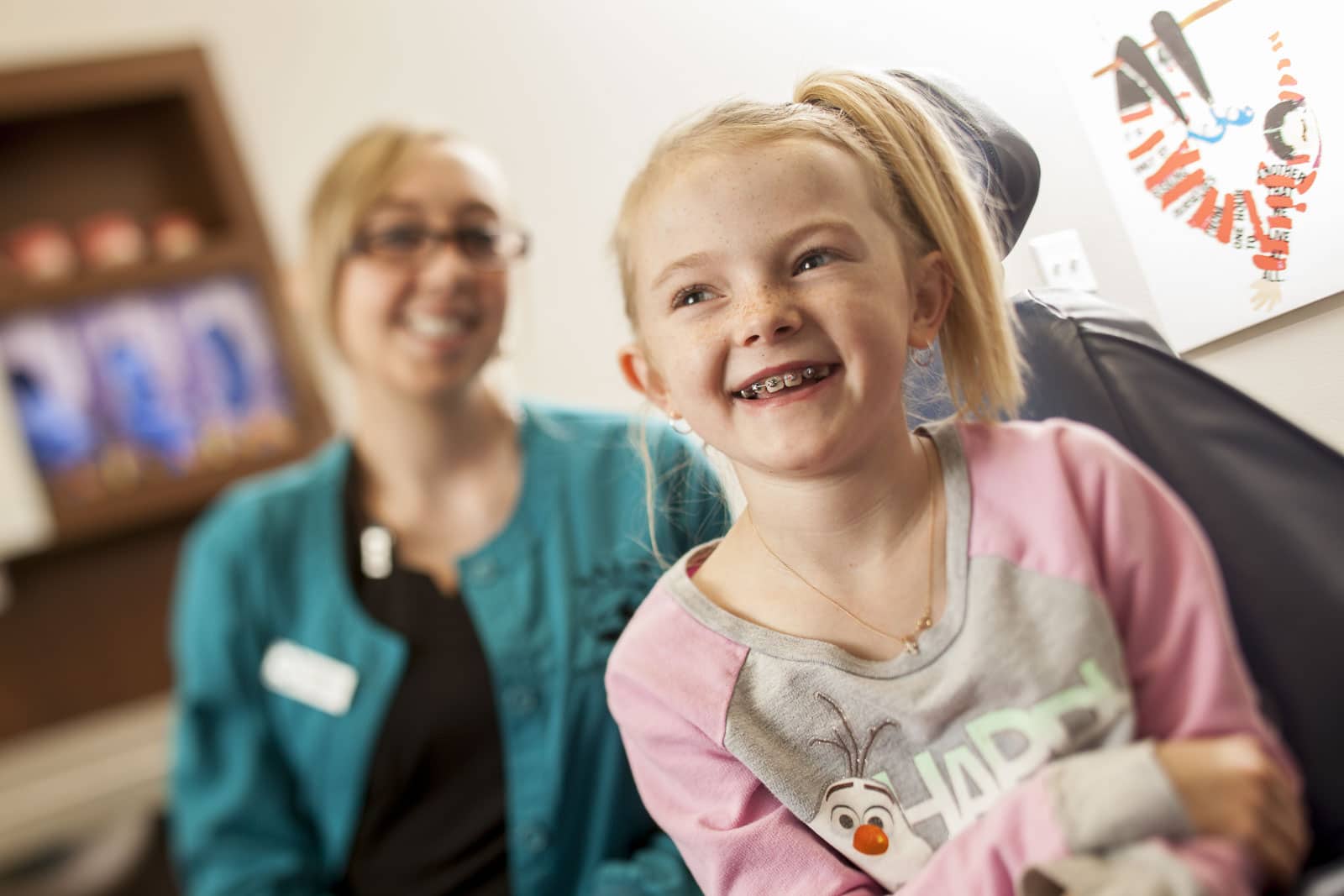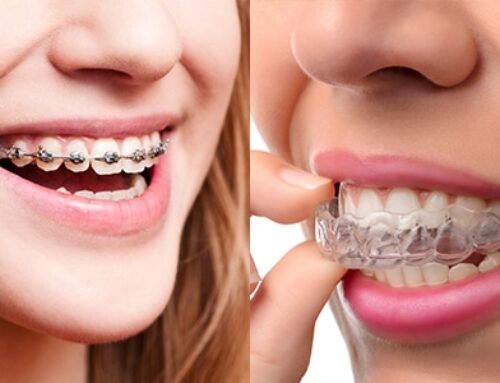
Many parents have questions in regards to when their child should see an orthodontist, how orthodontic treatments work, and how the process works. It’s different for every kid, but we’ve put together some answers to many orthodontic treatment question we have received.
At what age should my child see an orthodontist?
The ideal age for a child to see an orthodontist for the first time is soon after his or her 8th birthday. At this time, the orthodontist will evaluate the patient’s tooth position, position of the jaws and bite, and determine if the patient could benefit from orthodontic treatment, at that time.
Why do some children get braces earlier than others?
At age 8, the need for early orthodontic treatment, or “Phase 1,” is evaluated. The goal of Phase 1 is to correct issues of the jaws and bite so that problems are not perpetuated as the patient grows. Although Phase 1 treatment is only recommended to about 1/3 of the patients seen at age 8, the benefit to those who need it are significant. For certain patients, Phase 1 treatment can be the first step to an excellent orthodontic result that would not have been possible if Phase 1 was bypassed.
Full orthodontic treatment, or “Phase 2,” is where braces are placed on all permanent teeth, and the end goal is excellent tooth alignment and a proper bite relationship. Phase 2 treatment can start as early as 10-years-old, but can also be done as an adult.
If my child receives Phase 1 orthodontic treatment at 8 years old, is that all the treatment he/she will ever need?
Generally speaking, no. The goal of Phase 1 treatment is to correct major discrepancies before growth stops, NOT to put all teeth in a perfect position. The goal of Phase 2 treatment is to align all permanent teeth and create a proper bite relationship. The vast majority of patients who receive Phase 1 treatment will also need Phase 2 treatment, usually 1-2 years after Phase 1 treatment is completed.
What issues can be corrected through Phase 1 treatment?
Narrow bites where the upper teeth are narrower than the lower teeth, overbites where the upper front teeth are substantially ahead of the lower front teeth, underbites where the lower front teeth are ahead of the upper front teeth, or severe crowding are the most common issues.
If Phase 1 treatment is recommended for my child, what appliances are placed in his/her mouth?
It varies depending on the type of discrepancy being treated, but usually a Phase 1 patient will have braces placed on the upper and lower front 4 teeth, as well as on the molars. Wires will connect the braces on the upper and the lower. Other appliances used are expanders for narrow bites, MARAs for overbites, and face masks for underbites.
If you have a child 8 years or older, we encourage you to schedule a consultation with our orthodontist, Dr. Andrew Leland. There is no cost or obligation, and he would greatly appreciate the opportunity to examine your child’s teeth, bite and bone structure, explain his findings, and offer recommendations to ensure that your child has a beautiful smile for life.
Contact
Phone | (775) 376-7914
Email | info@salafamilydentistry.com
Hours
| Mon - Fri | 7:00am – 5:00pm |
| Saturday | 7:00am - 3:00pm |
| Sunday | Closed |
Location



